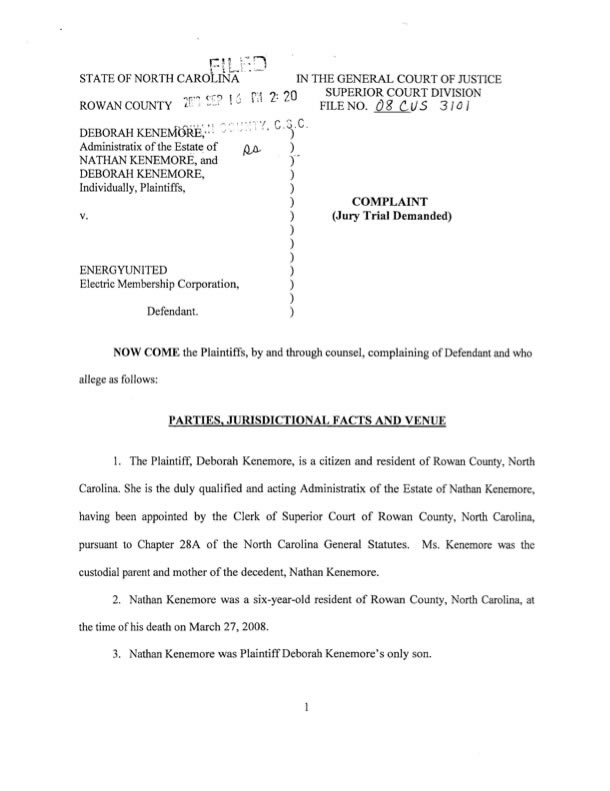The risk of an electrocution accident is well known to electricians and those who work on high voltage electric lines. However, a published study, written by engineers from the Centers for Disease Control, analyzed data from the Bureau of Labor Statistics and found that other jobs, such as construction laborers, groundskeepers and gardeners, truck drivers, and farmers, also have the danger of electrical burns.
Data in the study is from 1992 through 2002. The study discusses the particular level of danger in the construction industry. Construction job site accidents that resulted in death were mostly from contact with overhead power lines. These accidents were often a result of hand-held tools or equipment, such as aluminum ladders. Other construction site electrical injuries were from contact with wiring or components. Wiring or grounding problems were typical causes of non-fatal injuries.
The study is available online at Trends in Electrical Injury.
